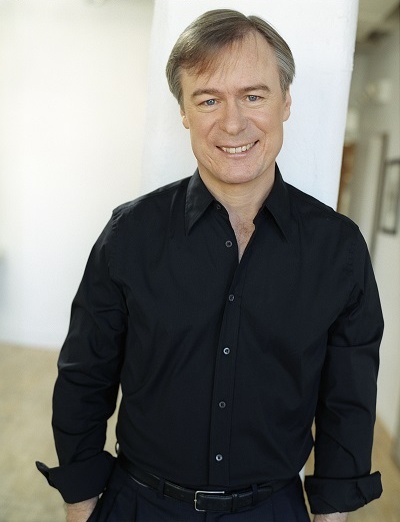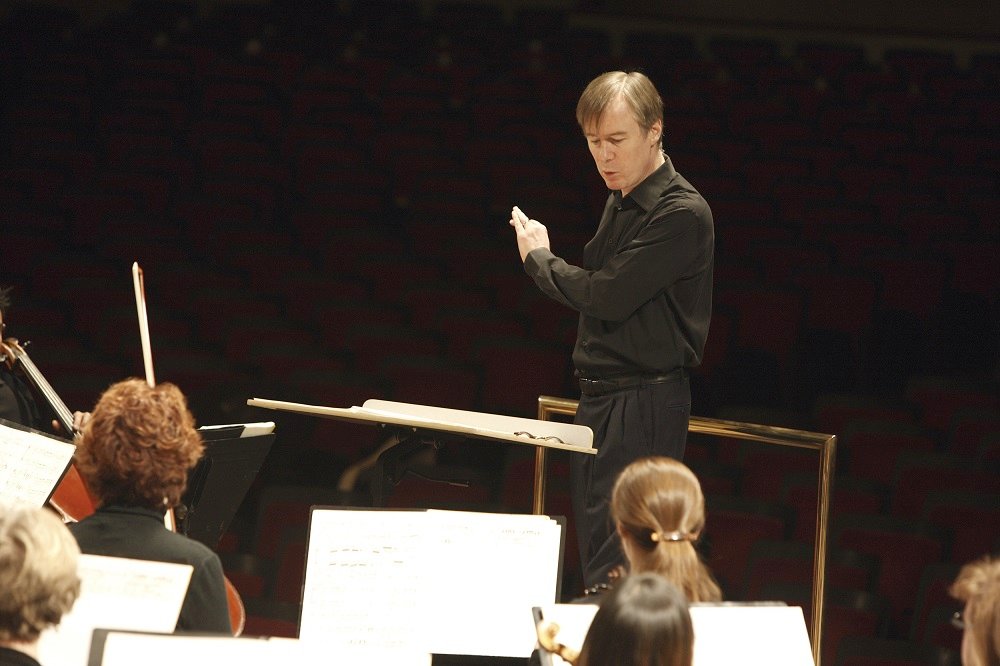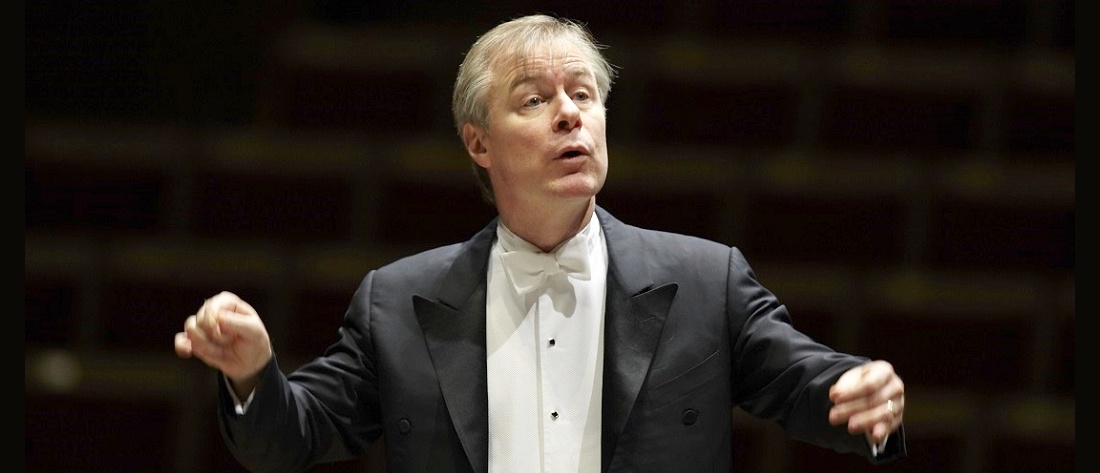Olivier Messiaen (1908–1992) was one of the phenomenal composers of the twentieth century. In the field of composition, he was a tireless explorer, a devoted Roman Catholic, an enthusiastic ornithologist, and last but not least, the extraordinary organist at the Église de la Sainte-Trinité in Paris. His ten-movement Turangalîla-Symphonie was commissioned by Serge Koussevitzky for the Boston Symphony Orchestra, which premiered it on 2 December 1949 with the young Leonard Bernstein conducting. The solo piano part was played by Yvonne Loriod, who would became Messiaen’s second wife, and who even later was an important piano teacher; Pierre-Laurent Aimard was one of her pupils.
The title Turangalîla is derived from two Sanskrit words, which express, according to the composer, “love song and hymn of joy, time, movement, rhythm, life, and death”. The symphony took as its theme the Medieval legend of Tristan and Isolde, to which Messiaen also devoted two other vocal works (Harawi and Cinq rechants for twelve voices), creating thereby a loose Tristan triptych. The vast work, lasting over an hour, calls for a large number of percussion instruments and a solo ondes Martenot (an electronic musical instrument that uses two high-frequency generators as its sound source). The conductor David Robertson has long and successfully devoted himself to the performing of this complex work and to spreading awareness of other compositions by Messiaen.
What fascinates you the most about the music of Olivier Messiaen?

David Robertson | photo Michael Tammaro
I love his sense of harmony and color. The way in which his scales generate harmonies that are instantly recognizable, part of the French tradition and yet unlike anything else. He is also brilliant at using rhythm as a structural component in a way that is very unlike that of the Germanic school.
And the Turangalila symphony in particular?
Turangalila is to some extent the summation of his musical language from the 30s and 40s and contains a world of sound that is passionate and enthralling.
What, in your opinion, is the essence of Messiaen’s music?
His love of nature and his sense that the Divine is in all the world around us, from birdsong to the rocks and the heavens. It is a music that is very spiritual and plays with time in a cosmic way.
Do you remember when you first encountered his music?
I first saw a copy of his Vision de l’Amen just before I left for London as a 17 year old in 1976 and it was unlike anything I had ever come across. When I got to London I went into the Royal Academy of Music Library and found a score of Poemes pour Mi, found a recording and from, the first two chords, my musical world changed forever. I was then obsessed with his music and was fortunate to hear many of his works in London and to see him from the audience at a number of concerts. Then in 1984 I was conducting a concert the Jerusalem Symphony Orchestra performed devoted to his music and we spent 10 days together. For me this meeting was like a miracle and we remained good friends until his death in 1992.
It is your first collaboration with the Czech Philharmonic. What are you looking forward to the most?
This is an orchestra I have loved ever since I first heard them on recording as a boy. Then while travelling through Prague in 1982 I got to hear a concert with them and was awed by their verve, delicacy, grace and power. There is a particular sound the orchestra has that I think will be perfect for the Messiaen – a kind of glow that they bring to things. There is an awareness of resonance that will be perfect for the blend of these harmonies. I will really be more eloquent on this point after we have made music together, but it is also the tradition of articulation and rhythmic drive that the Czech repertoire is full of that will be so exciting for me.

David Robertson | photo Scott Ferguson
Is it necessary to approach rehearsals of a piece such as Turangalila in a different way than a standard repertoire such as Beethovens’ symphonies?
Yes, in the sense that sometimes a work like the Messiaen may not be in an orchestra’s usual repertoire, but in the end, as Alban Berg said to George Gershwin: “It’s all music!”
It is your 12th season with the St. Louis Symphony Orchestra as a music director. How much has the orchestra changed during that time?
When you are with an orchestra for a longer time you are involved with auditioning many new players, and we have been fortunate to add some wonderful new talent to an already magnificent group of artists. We have done so many things together that it almost feels sometimes like they are reading my mind! They have a wonderful combination of heart and detail and a chamber music approach.
You are also an artistic director of the Sydney Symphony Orchestra. What are your future projects with both orchestras?
We have a number of Operas in Concert, as well as combining older and newer repertoire in such a way that it makes each program like a piece of theater that keeps you thinking about what the music means long after the event.

